Active Recovery Techniques: Balancing Rest Days with Light Exercise
Active Recovery Techniques: Balancing Rest Days with Light Exercise
Hey there, fitness enthusiasts! Ever heard of active recovery? It's like giving your body a little love note after all those intense workouts. While we all cherish those lazy rest days, lounging on the couch, there's a magical middle ground called active recovery that can actually help you bounce back stronger and faster.
It's not about pushing hard; it's about moving just enough to say thanks to your muscles for all their hard work.
Active recovery is that sweet spot between being a total couch potato and going all out in the gym. It's about engaging in light exercise on your rest days, which, believe it or not, can be incredibly beneficial.
This isn't about gains or setting records; it's about keeping the blood flowing and helping your body heal in the best way possible.
The Science Behind Active Recovery
So, what's the deal with active recovery? Why does taking a leisurely walk or stretching feel so good when your muscles are screaming for a break? Well, it all boils down to science.
When you engage in light exercise, you're boosting blood circulation throughout your body. This increased blood flow carries oxygen and nutrients to your tired muscles, which helps speed up the repair process and flushes out those pesky toxins that contribute to muscle soreness.
Think of active recovery as your body's maintenance mode. It helps reduce muscle stiffness and can make you feel less like a rusty tin man the day after a tough workout. Plus, it's a great way to keep your body moving without overdoing it, ensuring you're ready to hit your next workout with gusto.
By incorporating active recovery, you're essentially giving your muscles a gentle nudge, saying, "Hey, let's get ready for more action," without overtaxing them.
Benefits of Active Recovery
Now, let's dive into the juicy benefits of active recovery. First off, it's fantastic for easing muscle soreness. You know that feeling when you laugh, cough, or even breathe, and your muscles are like, "Nope"? Active recovery can help with that. By moving gently, you're helping to alleviate some of that discomfort, making the day after leg day a bit more bearable.
But wait, there's more! Active recovery isn't just about physical benefits; it's a mental game changer too. It gives you a chance to mentally unwind while staying lightly active. This means you can enjoy the psychological benefits of exercise, like a mood boost and reduced stress, without the strain of a full-on workout.
Moreover, active recovery days encourage flexibility and mobility. Activities like yoga or light stretching can improve your range of motion, which is super helpful for your overall fitness journey. It's like telling your body, "I care about you in the long run," ensuring you stay limber and less prone to injuries.
In a nutshell, active recovery is a win-win. It helps your body heal, keeps you moving, and sets the stage for all the amazing workouts to come. Plus, it's a great way to include some variety in your routine, making fitness not just a task but a lifestyle you enjoy.
Ideal Active Recovery Exercises
So, what does the perfect active recovery day look like? Imagine gentle activities that get the blood flowing without overworking the heart or muscles. Picture a leisurely bike ride through the park, a serene swim, or a peaceful yoga session. These are your best buddies on active recovery days.
- Walking: Sometimes, the simplest activities are the most beneficial. A brisk walk around your neighborhood or in nature can do wonders for recovery. It's easy, accessible, and, best of all, you can set your own pace.
- Yoga: Not only does yoga improve flexibility and strength, but it also encourages mindfulness and stress reduction. Opt for gentle flows or restorative yoga to reap the benefits without the strain.
- Swimming: Dive into recovery with swimming. It's low impact, supports muscle recovery, and is quite refreshing. Plus, who doesn't love feeling weightless for a while?
- Cycling: A leisurely bike ride, where you're not pushing for speed or hills, can be a delightful way to keep active. It's all about enjoying the ride, not racing to the finish line.
The key is to keep these activities light and fun. You're not aiming to break records; you're giving your body the space to rejuvenate. Listen to your body and choose activities that feel good without adding stress or fatigue.
Incorporating Active Recovery into Your Fitness Routine
Making active recovery a staple in your fitness regimen doesn't have to be complicated. It's about weaving in light activity on your rest days or after intense workouts. Here's how to get started:
- Schedule It: Just like your workouts, schedule your active recovery days. Plan for a gentle yoga class on Wednesday if you know Tuesday's workout will be intense.
- Mix It Up: Variety is the spice of life, and it applies to active recovery too. Try different activities to keep things interesting and find what works best for you.
- Listen to Your Body: Some days you might feel like a light jog; other days, a stretch session might be all you can muster. That's okay. Active recovery is about flexibility and responding to your body's needs.
Incorporating active recovery isn't just about physical benefits; it's a holistic approach to fitness. By integrating these lighter days, you're acknowledging that rest and recovery are just as important as the workout itself.
Active Recovery for Different Fitness Levels
Active recovery isn't one-size-fits-all. It's adaptable to every fitness level, from beginners to seasoned athletes. Here's how to tailor active recovery to fit your journey:
- Beginners: Focus on activities that build a foundation of movement and flexibility, like walking or basic yoga. It's about creating habits and learning to enjoy physical activity.
- Intermediate: You might explore more structured recovery activities, such as specific yoga poses targeted at areas you work out most, or cycling at a moderate pace.
- Advanced: For those with a solid fitness base, active recovery can include dynamic stretching, advanced yoga flows, or even a light version of your regular training.
Regardless of where you are in your fitness journey, the goal of active recovery remains the same: to aid in recovery, prevent injury, and ensure you're able to give your all in your next workout. Tailor your active recovery to challenge you slightly, but not so much that it hinders your recovery process.
Tools and Equipment for Active Recovery
Diving into active recovery doesn't mean going at it alone; there are tools and equipment designed to enhance your experience and effectiveness. Foam rollers, for example, are fantastic for self-myofascial release, easing muscle tightness and increasing blood flow to specific areas. It's like having a massage therapist at your beck and call.
Resistance bands are another versatile tool, perfect for adding a bit of tension to your stretches without overexerting your muscles. And let's not forget about massage guns, which have gained popularity for their ability to target deep tissue, promoting faster recovery and reducing soreness.
Using these tools can add an extra layer of efficiency to your active recovery days. They're designed to support your body's healing process, making your recovery as productive as your workouts. So, consider incorporating them into your routine to maximize your recovery and get back to your favorite activities faster.
Monitoring Your Progress and Adjusting Your Approach
Active recovery is an art as much as it is a science. Paying attention to how your body responds to different activities and tools is crucial. Tracking your recovery can be as simple as noting your energy levels and muscle soreness in a journal or using fitness apps that include recovery tracking features.
Be prepared to adjust your approach based on what you observe. If you notice that a particular activity leaves you feeling more fatigued rather than refreshed, it might be time to try something new. The goal is to find a balance that works uniquely for you, keeping your body in its optimal state for both rest and active days.
As You Can See
Active recovery is the unsung hero of any solid fitness routine, balancing the thin line between rest and activity to ensure you're always operating at your best. It's about listening to your body, treating it with care, and respecting the recovery process as much as the workout itself. By incorporating light exercise, utilizing recovery tools, and monitoring your progress, you're not just recovering; you're building a stronger, more resilient body.
Now, we turn the floor over to you. How do you incorporate active recovery into your fitness routine? Have you discovered a particular activity or tool that works wonders for your recovery? Share your experiences and tips in the comments below or on social media. Let's inspire each other to keep moving, stay healthy, and recover smarter, not harder.
Remember, fitness is a journey, not a destination. And every step, stretch, and roll along the way is part of your path to a stronger, healthier you. So, lace up those sneakers for a gentle jog, unroll that yoga mat, or simply take a leisurely walk. Your body (and mind) will thank you for it.
Always Remember...
We would love to hear your thoughts on this, or any other article we write, so please, drop us your comments, ideas, input, and suggestions in the comments below.
And, by all means, if you think anyone in your world might like something we write, use the share buttons below to help us spread the word!
Until next time...PROGRESS, not PERFECTION!
Don't forget, always consult your physician before making any changes to your diet or exercise regimen.
Live a 3D Life...Decisions Determine Destinations!
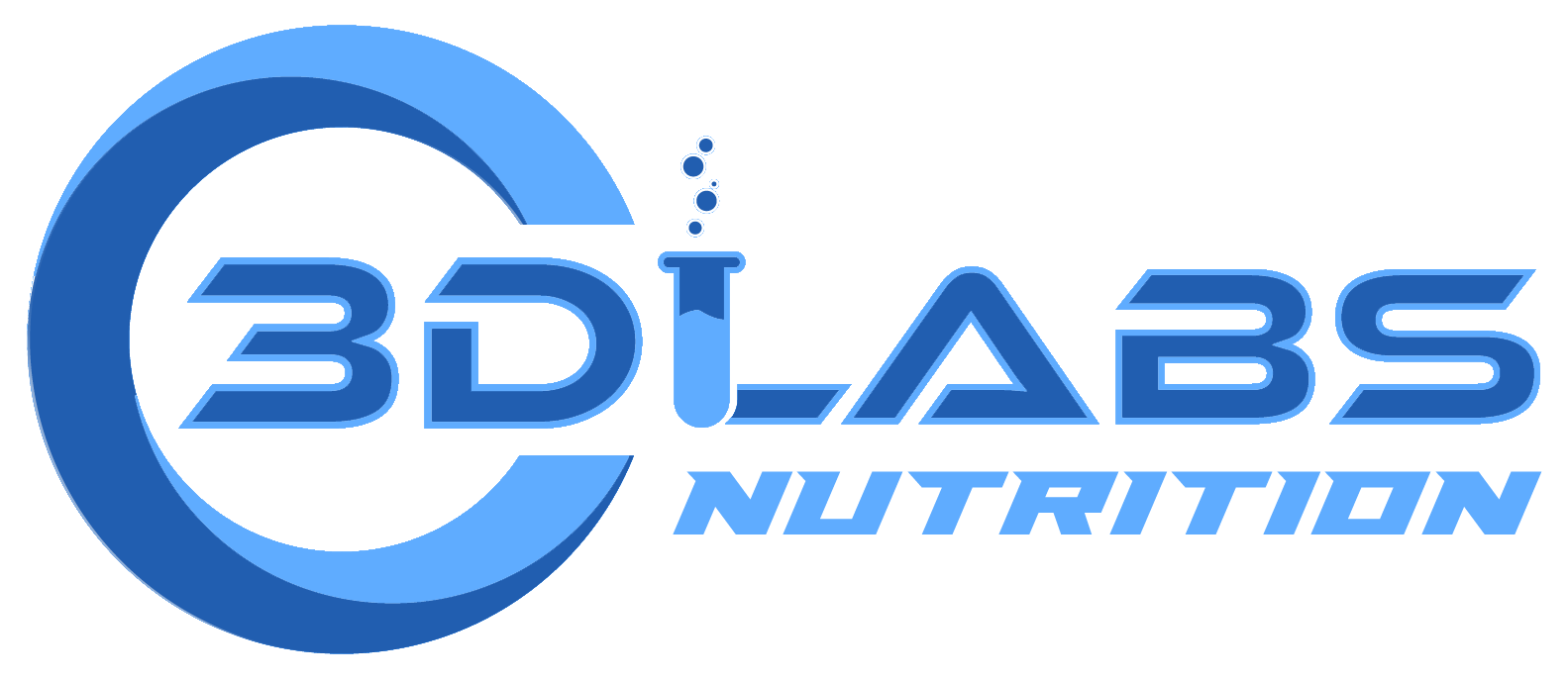
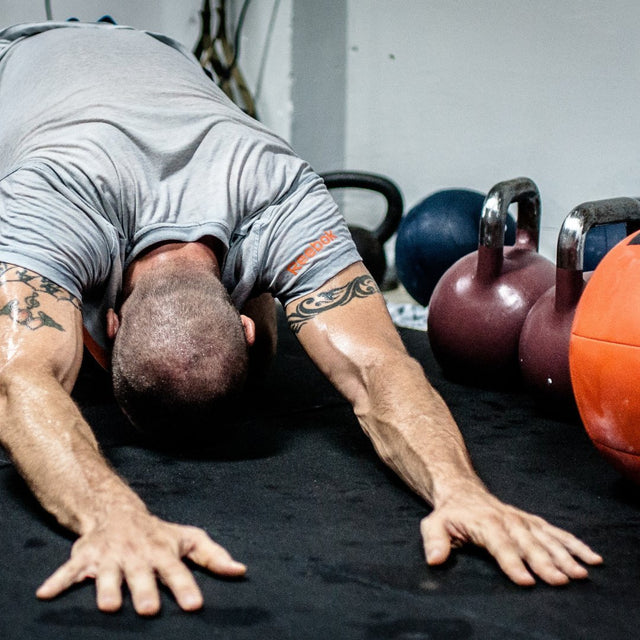
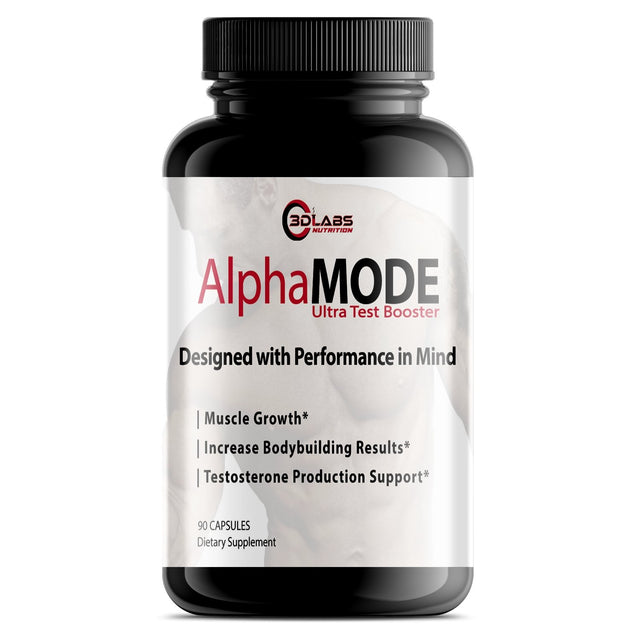
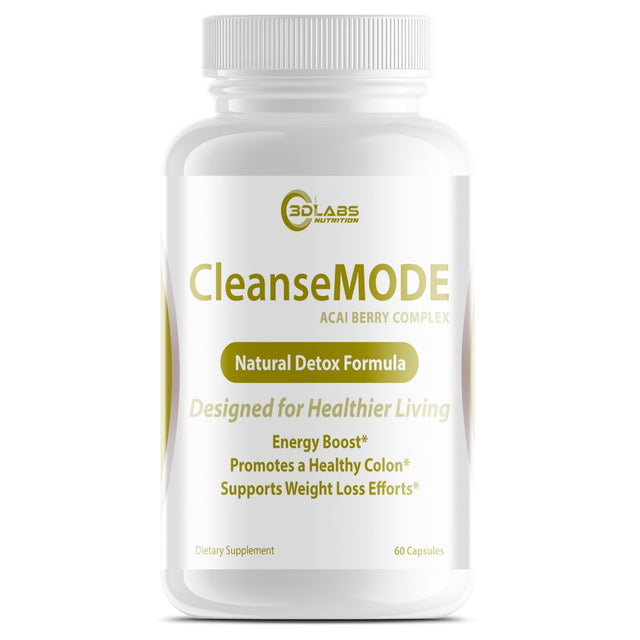
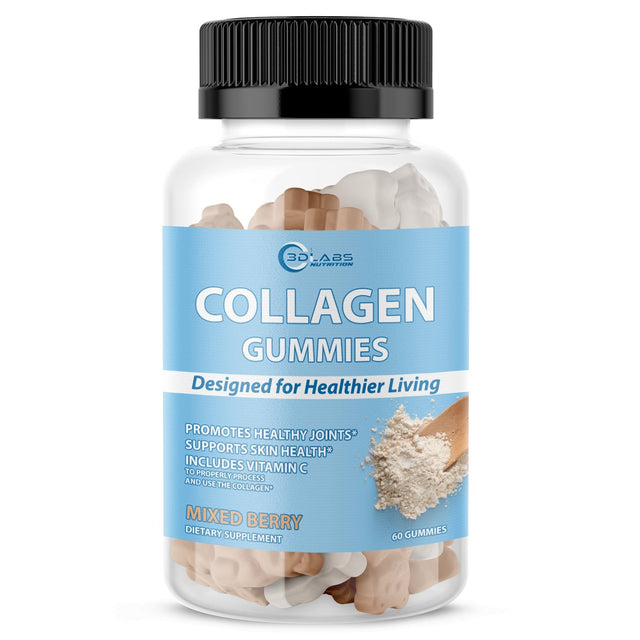
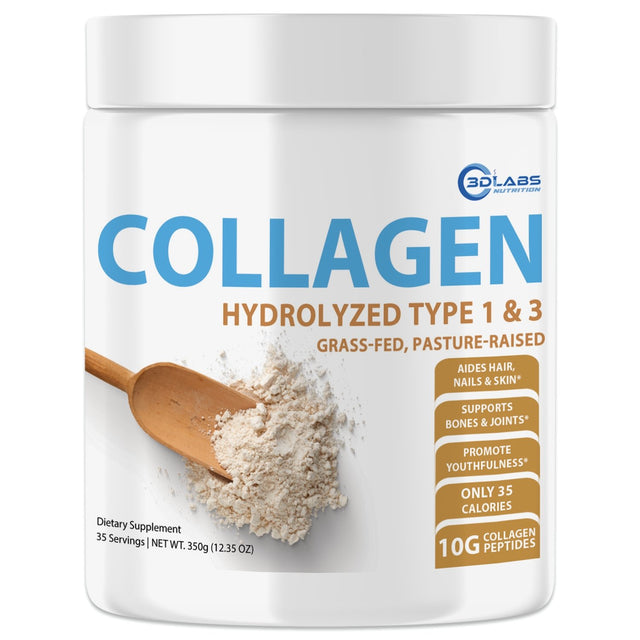
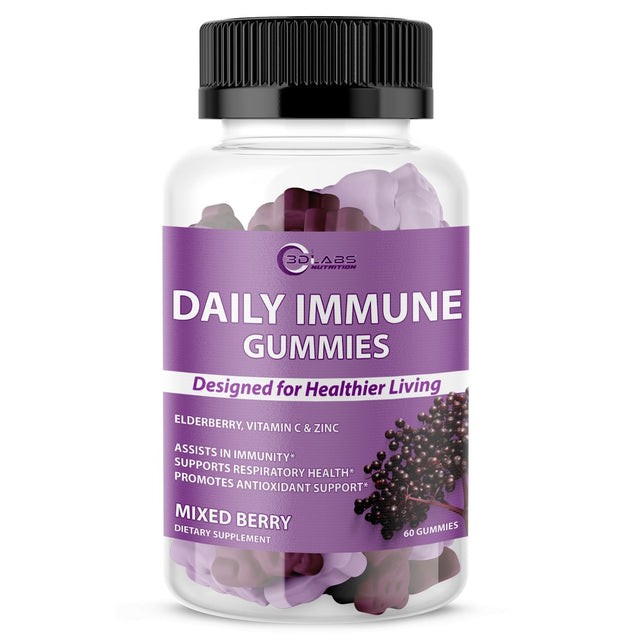
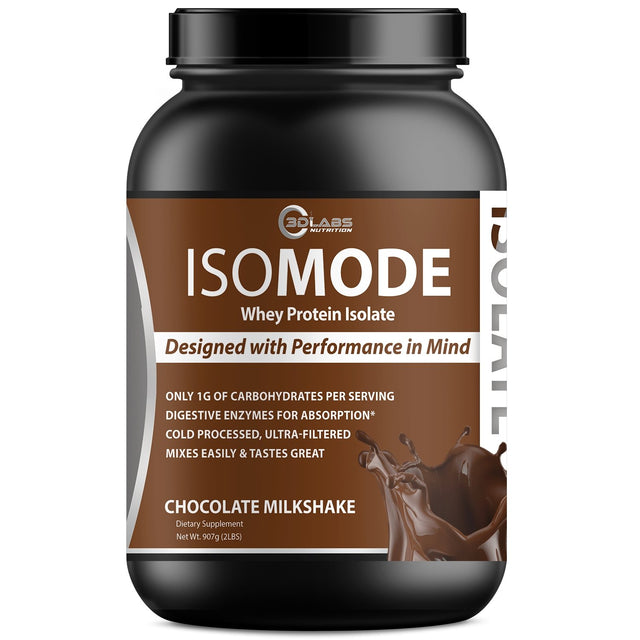
0 Comments
There are no comments for this article. Be the first one to leave a message!